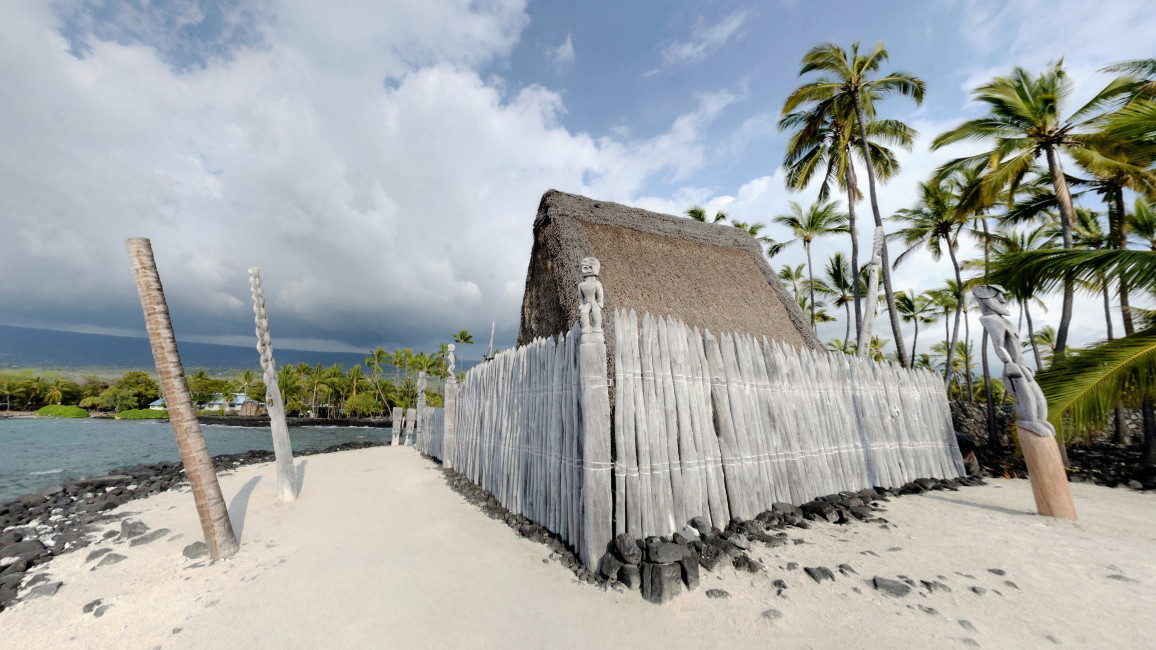(BIVN) – New areas of two Kona-side National Park Service units are now open to the public following COVID-19 relayted closures earlier this year.
Following guidance from the White House, Centers for Disease Control and Prevention (CDC), and state and local public health authorities, the National Park Service says it is increasing public access at both Puʻuhonua o Hōnaunau National Historic Park, as well as Kaloko-Honokōhau National Historical Park.
Beginning today (Friday, July 10) access to the following areas will be open on Fridays, Saturdays and Sundays:
Puʻuhonua o Hōnaunau
- Entrance station and fee collection activities
- Visitor Center parking lot
- Visitors services at the Visitor Center
Kaloko-Honokōhau
- Kaloko pond access road
- Visitor Center parking lot
- Visitor Center and restroom facilities 8:30 a.m-4:00 p.m.
- Visitor services
“Services are limited, and visitors should bring everything they might need for a safe visit including water, meals and hand sanitizer. Above all, visitors should be prepared for sudden changes with very little warning should public health concerns require a reversal in our plans,” said Puʻuhonua o Hōnaunau NHP Acting Superintendent John Broward.
Areas already open at Puʻuhonua o Hōnaunau include:
- All hiking trails for day time exercise and outdoor recreational experience
- Beach and shoreline areas for hiking. ocean recreation, and fishing (following state regulations), with the exception of Keoneʻele Cove at Hōnaunau which is closed to protect natural and cultural resources
- Restroom facilities at the Visitor Center
- Royal Ground and Puʻuhonua
Closed areas and suspended services at Puʻuhonua o Hōnaunau include:
- Picnic Area
- All ranger led programs remain suspended
- Commercial use suspended
Areas already open at Kaloko-Honokōhau:
- All hiking trails for day time exercise and outdoor recreational experience
- Beach and shoreline areas for hiking. ocean recreation, and fishing (following state regulations)
- Portable toilet facilities at ʻAiʻōpio
Closed areas and suspended services at Kaloko-Honokōhau:
- Picnic Area at Kaloko pond
- All ranger led programs remain suspended
- Commercial use suspended
The National Park Service says it is working with federal, state and local public health authorities to closely monitor the COVID-19 pandemic and is using a phased approach to increase access on a park-by-park basis.


by Big Island Video News11:43 am
on at
STORY SUMMARY
KONA, Hawaiʻi - New areas of Puʻuhonua o Hōnaunau and Kaloko-Honokōhau National Historical Park are now open to the public.